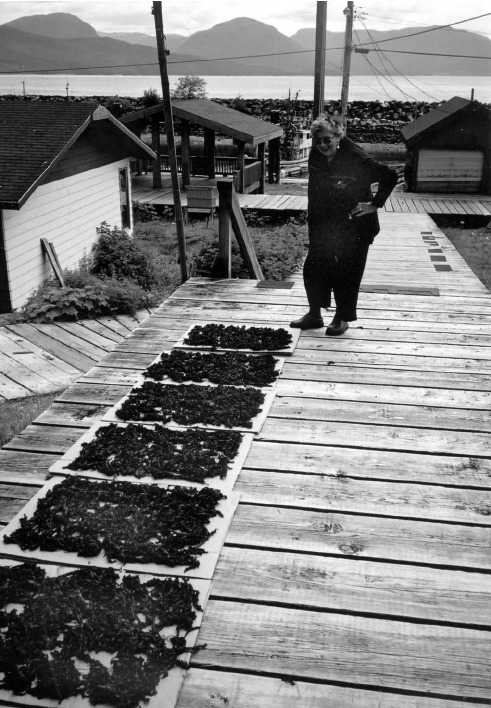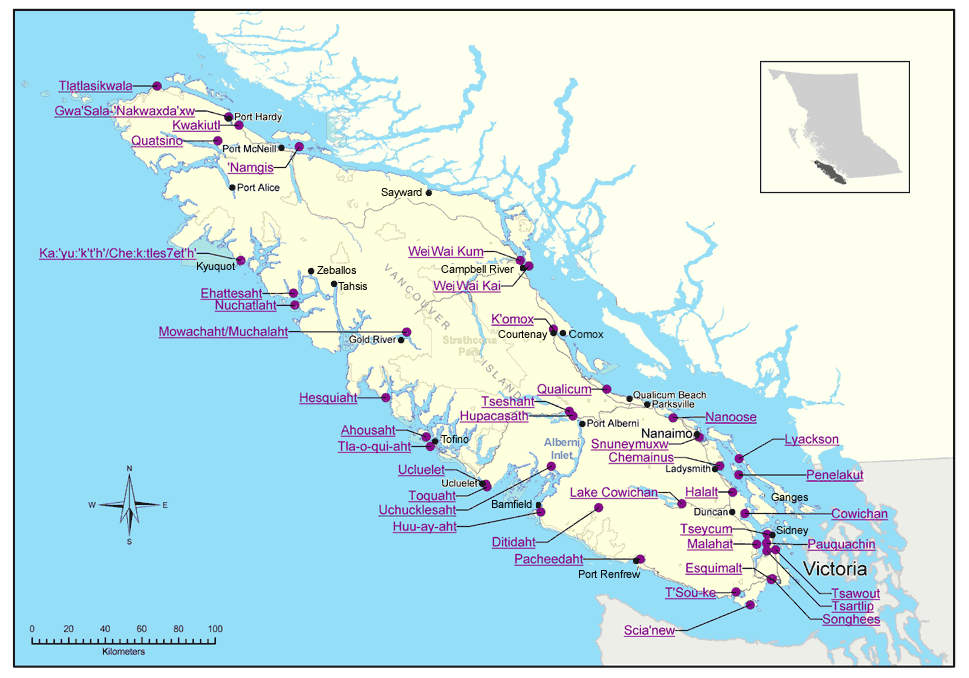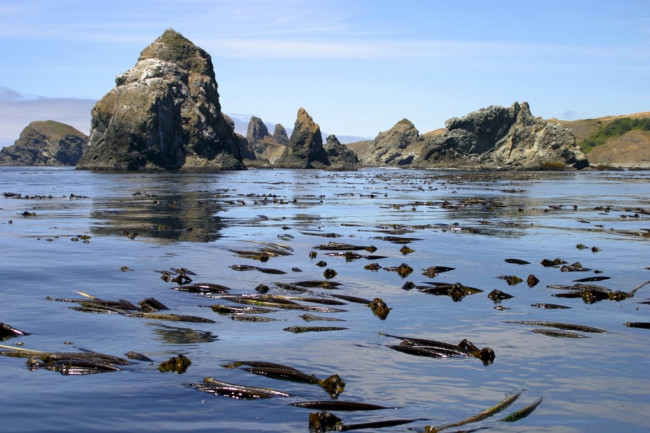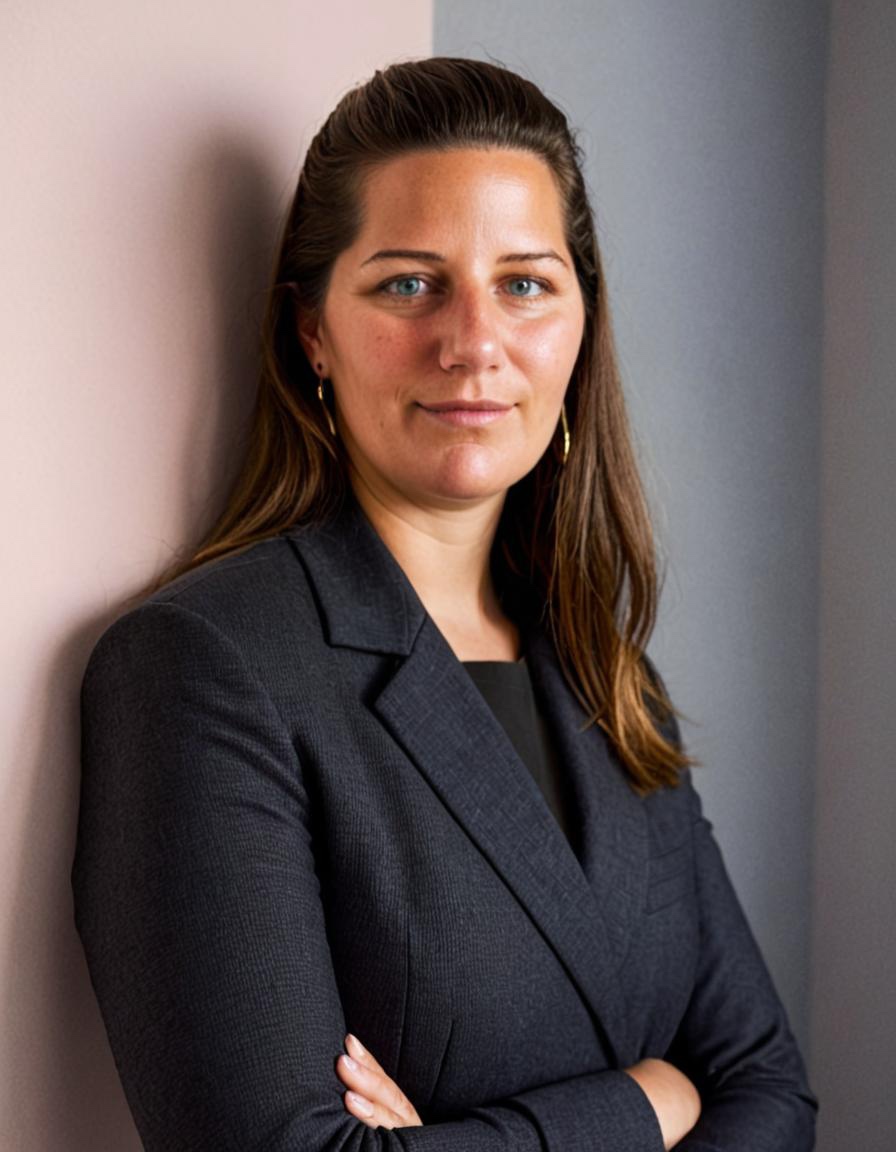Ancient Thalasso Healing Practices of the First Nations People of Vancouver Island
The traditional healing practices of First Nations People of the West Coast of Canada are invaluable sources of natural remedies consisting of the local ingredients that grow and flourish in that environment. Learning about these traditions, healing practices and local remedies can be extremely beneficial for anyone looking for holistic ways of living and healing the mind and body with the usage of your natural environment.
How Much do you Know about Local First Nations Culture?
The name “Canada” is thought to be derived from the Huron-Iroquois word “Kanata” meaning “settlement” or “village”. In 1535, a couple Aboriginal youths told the French explorer Jacques Cartier about the route to Kanata; they were actually referring to the village of Stadacona, the site of the present-day City of Québec. Cartier used the word “Canada” to describe not only the village, but the entire area controlled by its chief, Donnacona. Soon, the name was applied to a much larger area; maps by 1547 designated everything north of the St. Lawrence River as Canada.
Before the arrival of Europeans, First Nations in what is now Canada were able to sustain all of their material and spiritual needs from solely the natural world around them. For the purposes of learning and studying traditional First Nations cultures, historians have grouped First Nations in Canada according to the six main geographic areas of the country as it is today. Amongst each of these six areas, First Nations had very similar cultures, largely shaped by a common environment. For the purpose of this blog, I’m going to narrow these areas down to just one — where Seaflora began.

On the Wet Coast…
On Vancouver Island, specifically around the Sooke/Port Renfrew area, there are two major groups of First Nations, the Pacheedaht (pronounced pah-chee-dah) and the T’Sou-ke First Nations people. Pacheedaht First Nation’s Traditional Territories include the lands and waters along the southwest coast of Vancouver Island between Bonilla Point and Sheringham Point (see Map). The name “Pacheedaht” translates to English as “Children of the Sea Foam” and refers to an origin history story which you can read about here. The two T’Sou-ke First Nations reserves are the T’Sou-ke IR 1 – 26.3 hectares and T’Sou-ke IR2 – 40.9 hectares. These are located around the Sooke Basin on the Strait of Juan de Fuca. These two groups are further classified as Coast Salish Territory on Vancouver Island. Keep in mind there are more than 630 First Nations communities in Canada, which represent more than 50 Nations and 50 Indigenous languages. We are only covering local Nations in the Sooke/Port Renfrew area of Vancouver Island, BC.

Aboriginal traditions, natural healing practices and remedies vary between each tribe depending on where they’re located. Each First Nations group utilizes the environment around them by incorporating the ingredients that are readily available to them. For example, groups like the Coast Salish resided near the ocean and therefor relied heavily on the oceanic benefits that surrounded their territory. Many of the healing practices, remedies and wellness beliefs used by the Coast Salish stem from their traditional land and environment.
Utilization of Seaweed in First Nations Culture
The History of First Nations and Thalassotherapy:
The Kelp Highway – an alternate suggested route to the Bering Land Bridge (for the immigration of peoples from Asia to America), provided archaeologists with answers to an unsolved puzzle. At a dig site in southern Chile, artifacts were found – including those of seaweeds dating back 14,600 years. However, the previous older sites in North America were dated 11,500 years go. Seaway migrants, 3,100 years ahead of land-based migrants, reached the southern extreme of the Americas. The Kelp Highway would have provided a different path abundant in rich, easy to harvest foods, including seaweed.
According to Nancy J. Turner (at The University of Victoria) the most common seaweeds used by the Northwestern North American First People for a food source included the Bull Kelp, Giant Kelp, Feather Boa, Black Weed (Pyropia), Dulse and Red Spaghetti — of these Black Weed and Giant Kelp are most significant.
Traditionally, Black Weed (a First Nations name for Pyropia) is an important every day and ceremonial food, as well as a trade item. It is harvested in the spring off of the intertidal rocky shores. However, care must be taken. According to the First Nations, “picking seaweed in the rain causes more rain.” The preparations of this seaweed vary. A simple preparation is to dry or roast the algae over an open fire and stowing them away for later use. Alternatively, sun drying is another method. The fresh picked seaweed is packed into open cedar frames and sun dried near the collecting site.
Sources:
https://www.crd.bc.ca/project/first-nations-relations/traditional-territories
https://www.rcaanc-cirnac.gc.ca/eng/1307460755710/1536862806124
http://pacheedahtfirstnation.com/pacheedaht-first-nation-history-and-villages/
https://www.thecanadianencyclopedia.ca/en/article/native-medicines



